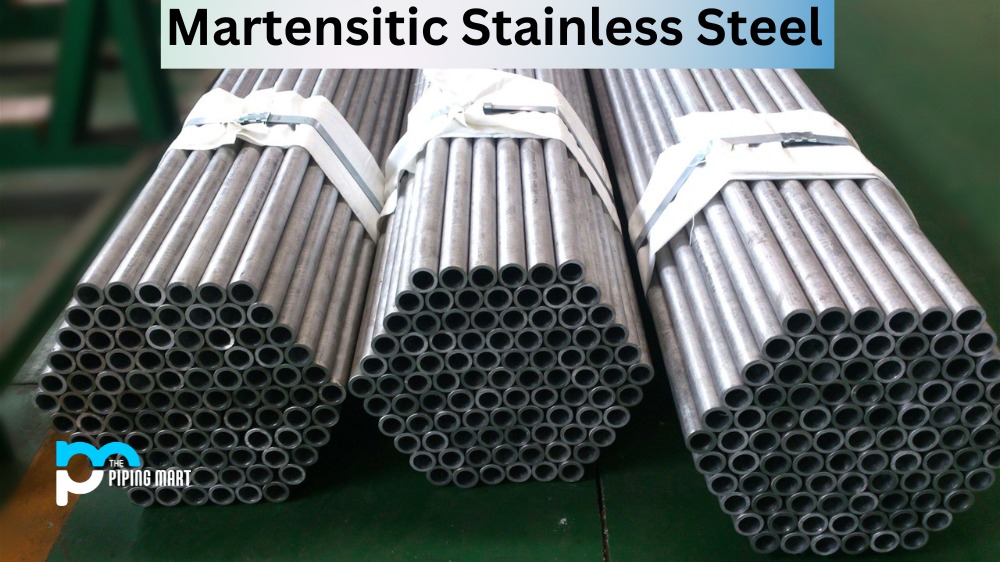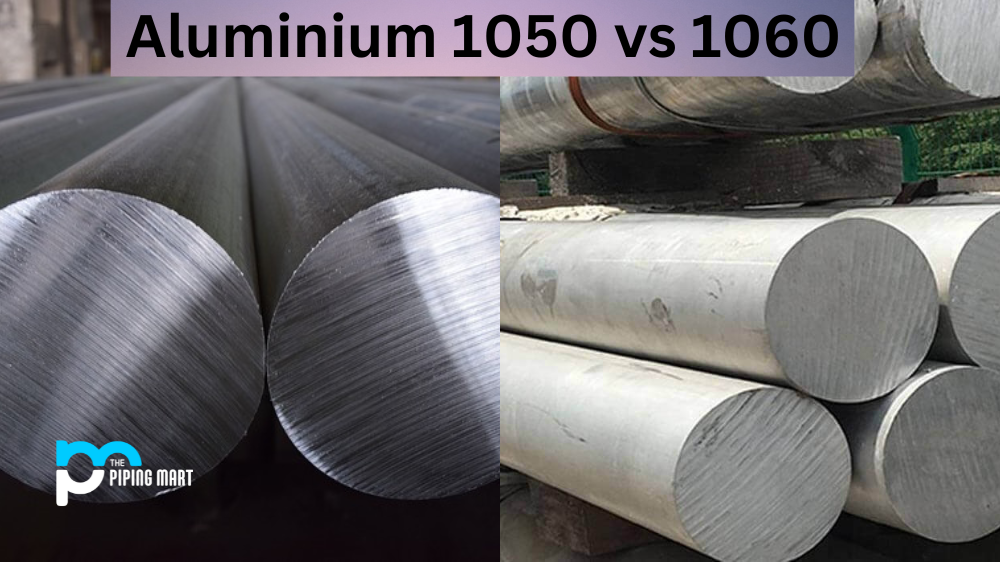Soldering is a great way to join metals, but it can also be tricky to remove solder from metals when it comes. Whether you need to make repairs or want to reuse the parts, learning how to remove solder properly is essential for any DIYer or professional looking to work on metal. This blog post will cover the basics of solder removal and explain why it’s important.
What You Need to Know About Solder Removal
Solder removal involves heating the metal until the solder melts and can then be easily wiped away with a cloth. This process typically uses a soldering iron and some form of flux, either in paste or liquid form. The change helps reduce oxidation and improves heat transfer between the metal and the soldering iron. Using the right temperature when removing solder is important, as too much heat can damage delicate components or even warp the metal itself.
Safety is also an issue when working with soldering irons, so always ensure you have proper safety equipment, such as safety glasses and gloves, when working with hot metals. It would also help if you had ventilation set up in your workspace in case any noxious fumes were produced during the heating-up process.
Tips for Successful Solder Removal
When removing solder from metals, several tips will help ensure successful results:
- Make sure your work surface is clean and free of debris before you start soldering; this will help prevent contamination of your materials while they’re being worked on.
- Choose an appropriate soldering iron tip size for your project; a larger tip will provide more heat but may also overheat delicate components if not used correctly.
- When applying heat, move slowly and evenly across the area; this will help ensure that all areas are heated evenly without damaging any components or warping any metals due to excessive heat exposure in one spot for too long.
- Use flux whenever possible; this helps reduce oxidation and improves heat transfer between the metal and soldering iron tip, which aids in the successful removal of solder from metals without causing damage or warping from excess exposure to high temperatures.
Conclusion:
Removing solder from metals doesn’t have to be difficult if you know what you’re doing! With some preparation and careful application of heat using a soldering iron and flux where applicable, anyone can successfully remove solder from their projects without fear of damaging delicate components or warping their materials due to overheating them during the process. As long as safety equipment such as safety glasses and gloves are used, and proper ventilation is setup in your workspace, anyone can become an expert at removing solder from metals in no time!
Sakshee is a talented blogger, with a particular focus on the Business and Metal Industry. She is passionate about sharing her insights on various metal products and helping professionals to make a better decisions.




